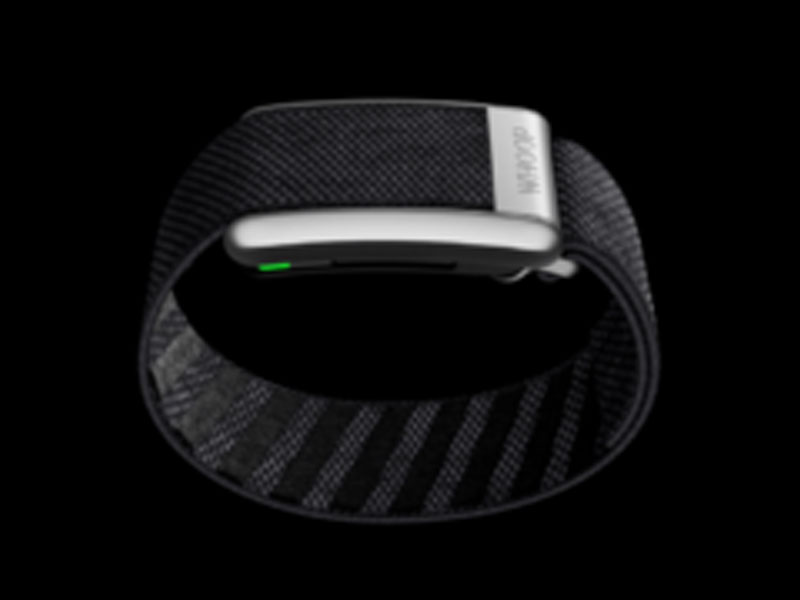This new wearable can image a bodily organ as well as an ultrasound
SOURCE: HTTPS://INTERESTINGENGINEERING.COM/
NOV 16, 2023
Battery development: Big leap in small wearable
SOURCE: MARKETRESEARCHTELECAST.COM
SEP 11, 2021

The materials company Sila in Alameda, California, has been working on increasing the energy density of lithium-ion batteries for ten years. To do this, it brings silicon particles into the graphite of the anode. It can absorb more charge-transporting lithium ions, which gives electrical devices more endurance and e-cars more range. The silicon particles provide around 25 percent of the anode capacity, the rest is made up of normal graphite.
Researchers have long seen silicon as a promising way of increasing the energy density of batteries, since its atoms – in terms of weight – can combine with ten times more lithium ions than graphite. However, silicon anodes tended to crumble during charging because they expand as they pick up the ions that shuttle back and forth between the electrodes.
To optimize its process, the company worked its way through more than 50,000 chemical improvement steps, while expanding its production capacity. Now it is launching its first product on the market: anode powder for the battery of the small fitness wearable “Whoop 4.0”.
Sila managing director Gene Berdichevsky hopes that this will also mean a big step forward for batteries beyond gadgets. Because often promising laboratory results cannot be converted into commercial success.
“Think of Whoop 4.0 as our Tesla Roadster,” says Berdichevsky, who was the seventh Tesla employee to help solve some of the battery problems for the company’s first electric car. “It really is the first device on the market to demonstrate this breakthrough.” It was able to be reduced by a third without reducing the previous battery life of five days. Now the product is so thin that it can be used in clothing or worn like a watch. It went on sale on September 8th.
Along with other advances, the new material has increased the whoop battery’s energy density by around 17 percent. This is a significant increase in an area that typically only improves a few percent each year. It corresponds roughly to the progress of four years of normal battery development “in one big leap,” says Venkat Viswanathan, associate professor of mechanical engineering at Carnegie Mellon University. He points out that the greater challenge will be to replace the graphite not only partially, but completely. This requires even more precision.
Sila, the one last January Financing round announced in the amount of 590 million dollars, has also formed partnerships to develop battery materials for automakers such as BMW and Daimler. According to the company, its technology could later store up to 40 percent more energy in lithium-ion batteries.
LATEST NEWS
Augmented Reality
Hi-tech smart glasses connecting rural and remote aged care residents to clinicians
NOV 20, 2023
WHAT'S TRENDING


Data Science
5 Imaginative Data Science Projects That Can Make Your Portfolio Stand Out
OCT 05, 2022

SOURCE: HTTPS://INTERESTINGENGINEERING.COM/
NOV 16, 2023
SOURCE: HTTPS://WWW.AZOSENSORS.COM/NEWS
AUG 28, 2023
SOURCE: WWW.WHATGADGET.NET
JUL 11, 2023
SOURCE: HTTPS://WWW.THEHINDU.COM/SCI-TECH/TECHNOLOGY/INDIAS-WEARABLE-MARKET-GREW-47-IN-2022-BOAT-MAINTAINS-LEAD-REPORT/ARTICLE66493121.ECE
JUN 30, 2023
SOURCE: THECONVERSATION.COM
OCT 16, 2022